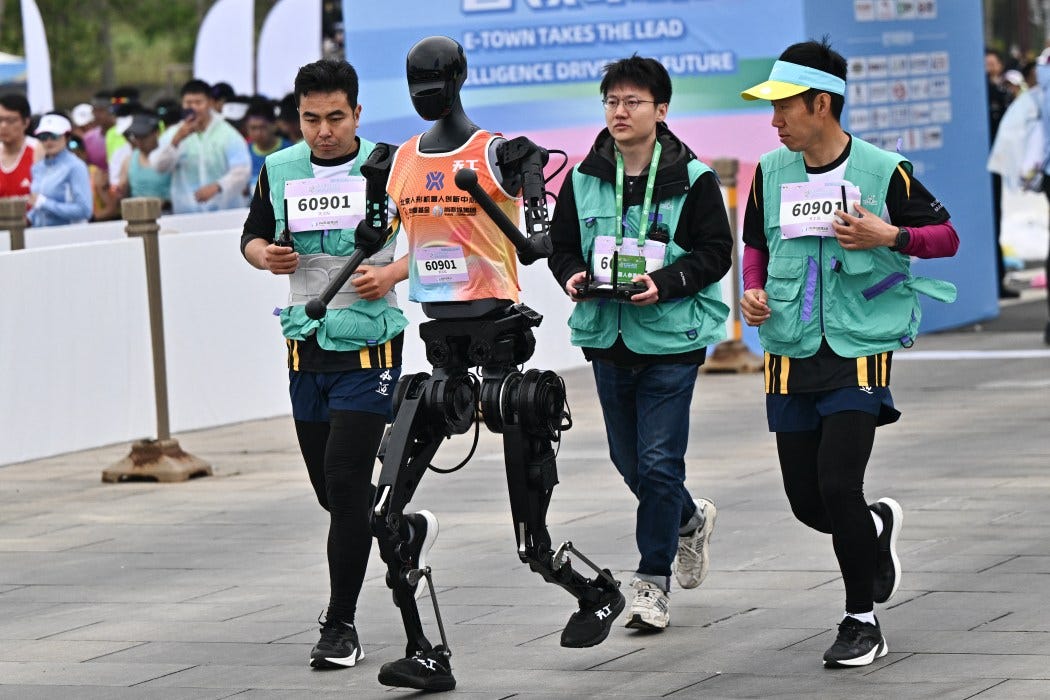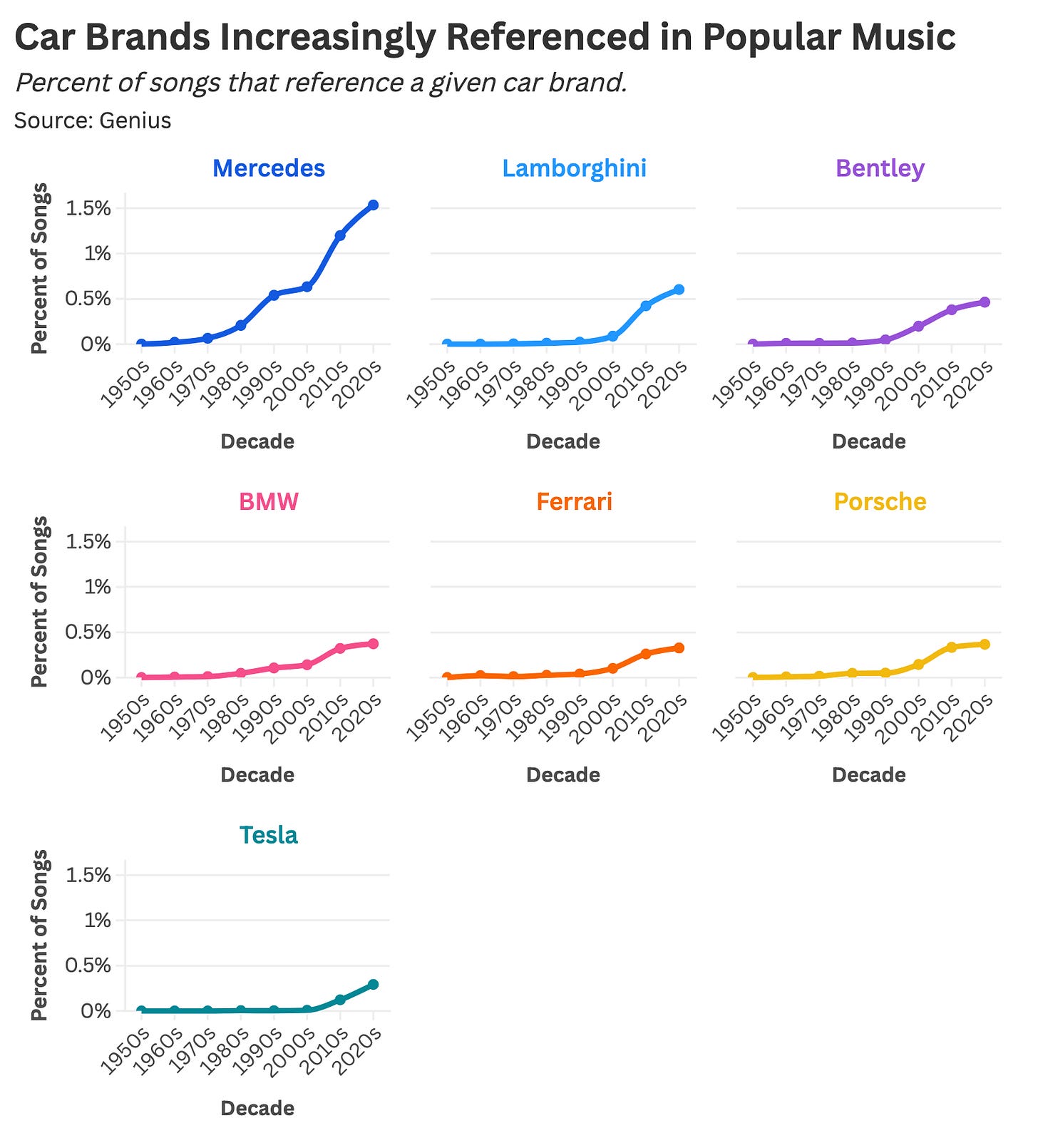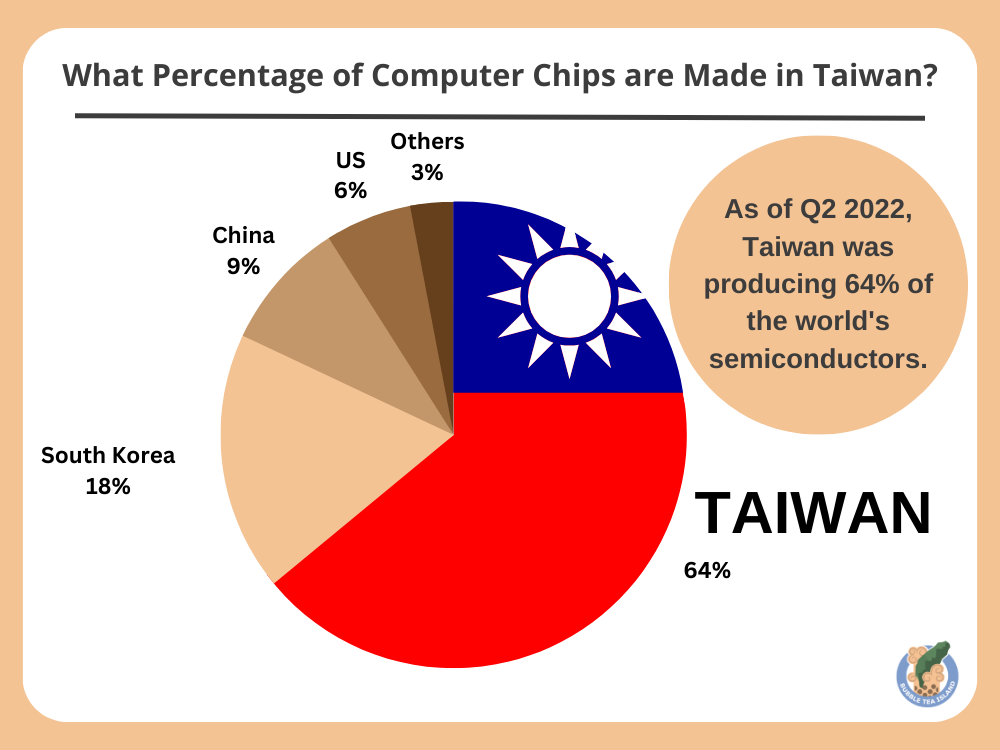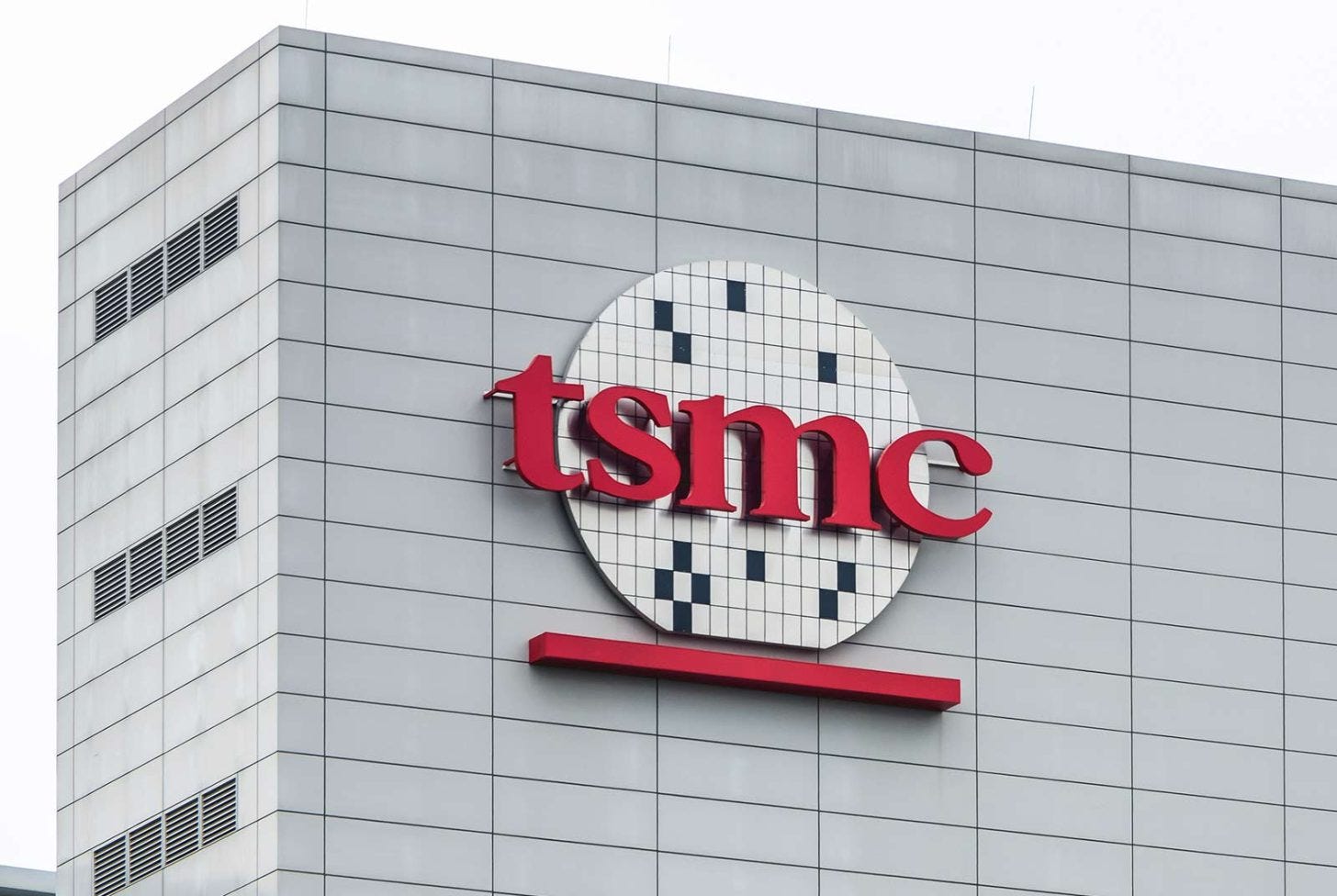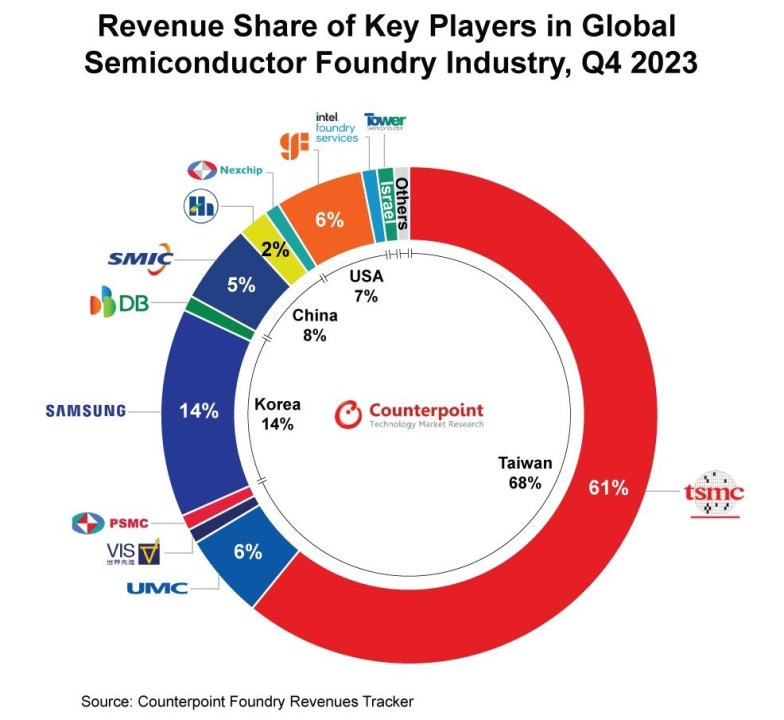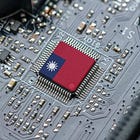TWS #004: OpenAI buying Chrome, Foxconn building EVs, Google's Monopoly, Why Taiwan builds all the chips...
and much more!
Every week, get the latest curated high signals on news, insights, and ideas around technology, science, and business to help you become a better well-rounded thinker and builder. You’ll also get an essay or a deep dive every other week.
Did you know... In 1975, Steven Sasson, a Kodak engineer, invented the first digital camera, which was a toaster-sized prototype capturing 0.01-megapixel black-and-white images on a cassette tape. The device, built with off-the-shelf parts took 23 seconds to record an image, which was displayed on a modified TV set. But for some reason, despite its potential, Kodak’s leadership, heavily invested in film, saw digital as a threat to their core business, which generated 90% of revenue from film sales. They shelved the project, telling Sasson not to publicize it, fearing it would cannibalize their market. Kodak patented the technology in 1977 but failed to commercialize it. By the 1990s, competitors like Sony and Canon embraced digital, and Kodak’s reluctance left it unprepared. The company lost 75% of its market value by 2000 and filed for bankruptcy in 2012 as digital photography dominated.
Here’s this week’s scoop:
Deep Dive: Why Taiwan Builds all the Chips
OpenAI buying Chrome?
Foxconn (Apple’s manufacturer) building EVs
Robots running marathons
Google’s monopoly
and much more…
Let’s dive in.
🔥 Nuggets for the Road
Competition is NOT for losers: The Competitive Intelligence Program — how to research and monitor your key competitors in any market [LINK]
Wheel of Strategy: 20 Questions Every CEO must be able to answer [LINK]
Time management techniques that actually work [LENNY’S NEWSLETTER]
Accelerated Learning: Learn Faster and Remember More [FARNAM STREET]
Hire people who give a shit [ALEXANDR WANG]
📡 The Signal
OpenAI: enhances memory, eyes buying AI code editor, and huge interest in taking over Chrome
OpenAI has introduced a memory feature for ChatGPT, allowing it to retain user information across conversations for personalized responses. Users can now instruct ChatGPT to remember specific details, forget them, or disable memory entirely. New controls also let users manage conversation history and opt out of data training. It aims to make interactions more seamless while addressing privacy concerns. ChatGPT (and other competitors) are now moving into the Assistant phase, and it’s clearly a push to acquire and hold as much information as possible about who you are — this is their moat. [LINK]
Meanwhile, OpenAI is in talks to acquire Windsurf, an AI coding assistant startup (formerly Codeium), for $3 billion, its largest potential deal yet. Windsurf’s tech enables developers to write code using natural language prompts, generating ~$100 million in annual recurring revenue. After failed talks with Cursor’s maker, Anysphere, OpenAI pivoted to Windsurf to bolster its code generation capabilities, positioning it against rivals like GitHub Copilot. The deal could spark concerns about market consolidation and OpenAI’s Startup Fund, which backs Cursor. The pivot to Windsurf shows how critical AI-driven coding is becoming. [LINK, HACKER NEWS]
There are also reports that they’re also exploring acquiring Chrome, Google’s browser, to integrate AI deeply into web browsing. This follows speculation about OpenAI’s plans to expand its ecosystem, potentially challenging Google’s dominance. No deal is confirmed, but the idea has sparked debate. This is all speculation. A browser powered by OpenAI’s AI could redefine how we interact with the internet. It’s a long shot, given Google’s grip, but given all the stuff happening around antitrust right now, it doesn’t seem so farfetched. [LINK]
Robots Run Beijing Half-Marathon
In Beijing, humanoid robots competed alongside humans in a half-marathon, finishing in under two hours. These robots, developed by Chinese firms, showcased advanced mobility and endurance. The event highlighted China’s push in robotics and sparked discussions about robots in sports. China is definitely flexing its robotics capabilities, and it’s a telling sign that this is only the beginning. GenAI has clearly accelerated robotics development because there’s been a realization across the industry that this has been the missing piece to fully autonomous capabilities. Being able to take AI into the physical world has been a long-sought goal for many. [LINK/VIDEO]
Foxconn’s EV Partnership
Nissan, Honda, and Mitsubishi (allegedly) have partnered with Foxconn to launch an electric vehicle (EV) in North America by 2026. The collaboration leverages Foxconn’s manufacturing expertise and the automaker’s experience to compete in the growing EV market. This is a strategic play to catch up in the EV race. Foxconn has made headlines in the past as Apple’s electronics manufacturer, responsible for building most of its product line. They are the biggest in the world in doing this. Now, to diversify and innovate, they’re moving into the EV market, because hey, electric cars are also consumer electronics at the end of the day. And considering they already have this infrastructure, it wouldn’t be so crazy to think it could be tweaked for EVs — really interesting move. [ELECTREK]
Google Cloud’s 601 GenAI Use Cases
Google just published a report detailing 601 real-world generative AI applications across industries like healthcare, retail, and finance. Examples include AI-driven diagnostics and personalized marketing. This is a subtle flex by Google in showcasing how many companies around the world are using their AI solutions. I think it’s also a good way for founders and startups to take a look at who is building what. It’s a nice way to pulse check on the competition, the innovative use cases, and even check if the market is already saturated or a blue ocean. [LINK]
AI Agents as Marketing Middlemen
AI agents are now becoming intermediaries in marketing, automating tasks like content creation and customer engagement. These agents reduce costs and improve efficiency, but raise concerns about job displacement and brand authenticity. AI agents are rewriting the marketing playbook. It’s exciting for efficiency but might be tricky for creativity. Brands should think about treading carefully to maintain their voice. This trend is a wake-up call for marketers to adapt or risk obsolescence. You can see in the visual that the future is going to look interestingly different with AI agents playing more of a role across the middle of the funnel. Ultimately, I think people will always buy from people, so there is a world where key humans will be required but in reduced numbers. [BAIN]
Google’s Antitrust Woes
The U.S. government is pushing for remedies like breaking up Google or forcing it to share data. Back in August 2024, a judge ruled that Google illegally maintained a monopoly in online search by paying billions to companies like Apple and Samsung to ensure its search engine was the default on devices and browsers. There is now a remedy phase, ongoing as of April 2025, which could force Google to divest its Chrome browser (see above around OpenAI), a critical driver of search traffic. Also in April, another judge ruled that Google violated antitrust laws by monopolizing digital advertising markets, specifically publisher ad servers and ad exchanges. This second loss within a year, following the search case, underscores Google’s dominance in ad tech, which harms publishers and consumers by stifling competition. Antitrust action could level the playing field for startups, but it might also stifle innovation. [LINK]
Which Car Brands are Frequently Featured in Popular Music?
Stat Significant analyzed media coverage of car brands. The study highlights how media shapes brand perception in the auto industry. The media’s power to make or break brands is fascinating. Tesla’s constant spotlight shows how narrative drives value. [LINK]
Roughly speaking, automaker mentions can be grouped into three broad categories:
Storied Luxury Brands: Elite products that typically convey high status.
American Mid-Market Brands: Widely accessible vehicles that cater to a range of tastes.
Global Brands Introduced to English-Speaking Markets in the 1980s and 1990s: These automakers experienced a modest rise in recognition as the global car market expanded, beginning in the late 1980s and early 1990s. I'm not going to cover these brands in great detail, so here are a few examples: Kia, Audi, Toyota, and Honda.
🧐 Trivia of the Week
Last week’s question: Which company launched the first commercial GPS product for consumers?
Answer: Magellan. They launched the first consumer GPS product, the Magellan NAV 1000, in 1989. Priced at $3,000, it was a handheld device for boaters and hikers, leveraging the U.S. military’s GPS satellite system, which became fully operational in 1995. Garmin and TomTom entered the market later (Garmin in 1991, TomTom in 2004).
This week’s trivia:
The answer will be provided in next week’s newsletter.
📝 Deep Dive: Why Taiwan Builds all the Chips
It’s fair to say that there is only one country on Earth that can declare itself the semiconductor capital of the world. It’s not the United States, it’s not Japan, and it’s not China. Did you know that around 60% of the world’s microchips and 90% of the most advanced ones come from Taiwan?
This means that the computer or phone you’re reading this deep dive on right now (subscribe!) is powered by semiconductor chips sourced from this very region. And it’s not just laptops and phones, it’s anything that has a computer inside of it — the smart TV you’re binge watching Netflix on, your Google Home, the car you drive…basically any electronic device that you own contains at least one component that was manufactured in Taiwan.
Now, while there are many semiconductor companies in Taiwan, there is only one company in particular that has been put under the global spotlight—that’s TSMC, or Taiwan Semiconductor Manufacturing Company.
To put this into perspective, TSMC alone commands the lion’s share, holding 61.7% of the global foundry market in Q1 2024, climbing to 64% by Q3 2024. This growth, fueled by the AI boom and post-ChatGPT era, reflects a surging demand for these advanced AI chips.
TSMC work with some of the biggest clients in the world, including Apple, Nvidia, AMD, and Qualcomm. And all of them rely on the chip manufacturer to produce chips at scales and precision that others can’t match. For example, Apple’s A-series processor and Nvidia’s AI accelerator chips depend heavily on TSMC’s nanometer technology, which not only includes their state-of-the-art equipment but also their unique foundry model.
To understand TSMC’s rise, we have to understand its core business strategy, which has been executed relentlessly for the past 30+ years. I’m referring to their foundry model—manufacturing chips designed by others, unlike Integrated Device Manufacturers (IDMs) like Intel or Samsung, who design and produce their own. It was this specialization, pioneered by TSMC’s founder Morris Chang, that allowed the company to scale efficiently, avoid conflicts with clients, and invest heavily in technology innovation. By 2023, TSMC’s market cap ranked it among the world’s top 10 companies, alongside giants like Meta and Berkshire Hathaway, with a valuation exceeding $500 billion.
But let’s go a bit deeper and figure out the backstory of TSMC and how it made Taiwan into a semiconductor powerhouse.
Read full story below 👇
🙏🏼 Connect with Me
Are you new to the newsletter? Subscribe Here
Learn more about me on my website
Check out my YouTube channel (and subscribe!)
If you’re a founder, apply here (Metagrove Ventures) for startup funding or contact me directly at barry@metagrove.vc
If you think this could be helpful and informative to others, please share it :)
Thanks for reading.
Barry.






